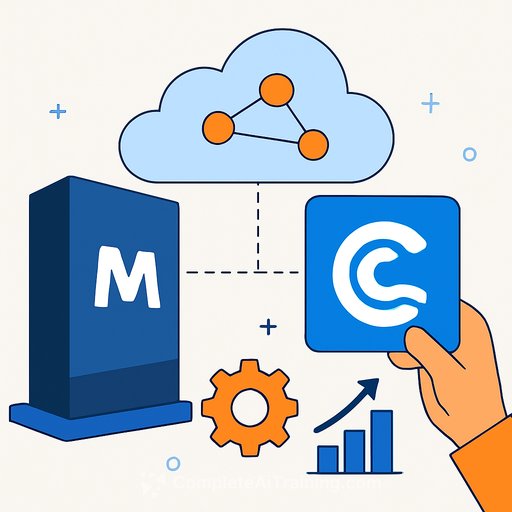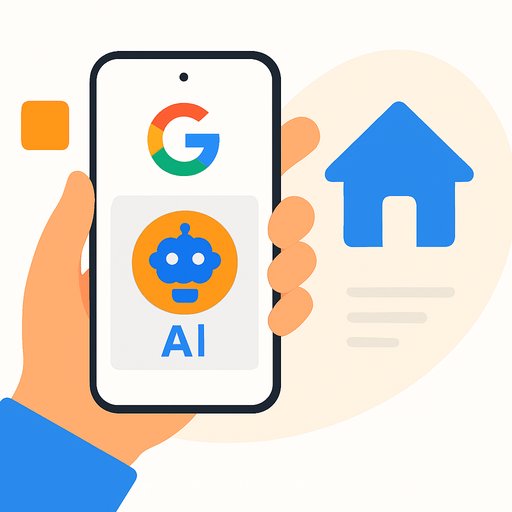CoreWeave acquires Monolith AI: AI cloud moves into industrial design
CoreWeave has agreed to acquire Monolith AI, signaling a direct push into product design, testing, and manufacturing. For product development leaders, this means AI is moving from a prototype in a notebook to a daily tool that cuts cycle time and test spend.
The thesis is simple: combine GPU-accelerated infrastructure with physics-informed machine learning to speed decisions across CAD, CAE, and lab workflows. Early users of Monolith AI include Nissan, BMW, and Honeywell, with reported gains like cutting battery testing by up to 73%.
What this means for your product org
- Shorter R&D loops: use historical simulation and test data to predict outcomes before building physical prototypes.
- Lower test budgets: concentrate rigs and labs on edge cases identified by models, not on broad sweeps.
- Better first-time-right rates: surface failure modes early; run more design space exploration in hours, not weeks.
- Access for non-ML engineers: no deep ML expertise required to get value inside existing workflows.
How the stack fits together
Monolith AI trains models on your historical simulations and test results to predict performance, flag anomalies, and recommend next steps. Think of it as a decision layer that sits on top of CAD/CAE/PLM and your lab data.
CoreWeave's GPU cloud brings the scale to train, serve, and iterate these models quickly. The outcome: an end-to-end path from data to decision, embedded in the tools your teams already use.
If you need a primer on the approach, see physics-informed ML methods such as Physics-Informed Neural Networks.
High-impact use cases you can ship this quarter
- Virtual crash and durability prediction before tooling or mule builds.
- CFD-informed geometry screening to cut the number of high-fidelity runs.
- Battery aging and safety tests with fewer physical cycles (reported reductions up to 73%).
- Anomaly detection on test benches to catch drift and sensor faults in real time.
- Design-of-experiments automation to focus bench time on the most informative trials.
Integration checklist for heads of product and engineering
- Data audit: map simulation, test, and telemetry sources; confirm schema consistency and unit standards.
- Connectors: plan integrations for CAD/CAE (e.g., crash, CFD, FEA), PLM, and lab systems; define export/ingest cadence.
- Security and governance: set access controls, PII/ITAR handling, and approval flows for model use.
- MLOps: define versioning for datasets, models, and prompts; automate retraining when new test data lands.
- Validation: write acceptance tests comparing model predictions vs. golden runs and rig outputs.
- Change management: train engineers on workflows and UI; publish an escalation path for model overrides.
KPIs to track
- Cycle time: design iteration time and time-to-test readiness.
- Cost: test hours per program, simulation hours per design win.
- Quality: first-pass yield, deviation from target specs, issue escape rate.
- Model fitness: prediction error vs. golden standards, coverage of operating envelope.
- Adoption: active engineers per week, models used per program, decision throughput.
Why this matters in the market
Most AI focus has been on general-purpose models. This deal leans into domain-specific systems that speak the language of physics and engineering. Expect tighter vertical stacks where infrastructure, tooling, and workflows come bundled for specific industries.
For vendors in traditional CAE and product development software, expect pressure to integrate AI natively. For startups in industrial AI, expect more interest in physics-aware approaches and measurable ROI.
Risks and guardrails
- Data sensitivity: enforce strict controls on proprietary models and design IP.
- Model drift: schedule periodic revalidation; retrain as materials, suppliers, or processes change.
- Verification: keep human-in-the-loop signoff and traceability for safety-critical decisions.
- Skills: upskill engineers on model limits, bias, and failure modes; document override criteria.
90-day action plan
- Weeks 1-2: pick two programs with rich historical data (e.g., crash + battery). Define success metrics and constraints.
- Weeks 3-6: integrate data sources, set up training on CoreWeave, and build baseline models in Monolith.
- Weeks 7-10: run shadow mode against current process; compare predictions to simulation and rig results.
- Weeks 11-12: move to controlled production for one decision class (e.g., test prioritization). Publish a scorecard to leadership.
What's next
Expect broader coverage across material science, robotics, and aero/thermal optimization, plus more autonomy in design-space search. Long term, this trend points to semi- or fully autonomous engineering loops where human experts supervise goals and constraints while AI explores options at scale.
Upskill your team
If you're setting up training tracks for product and engineering roles, see these resources: AI courses by job.
Your membership also unlocks:






